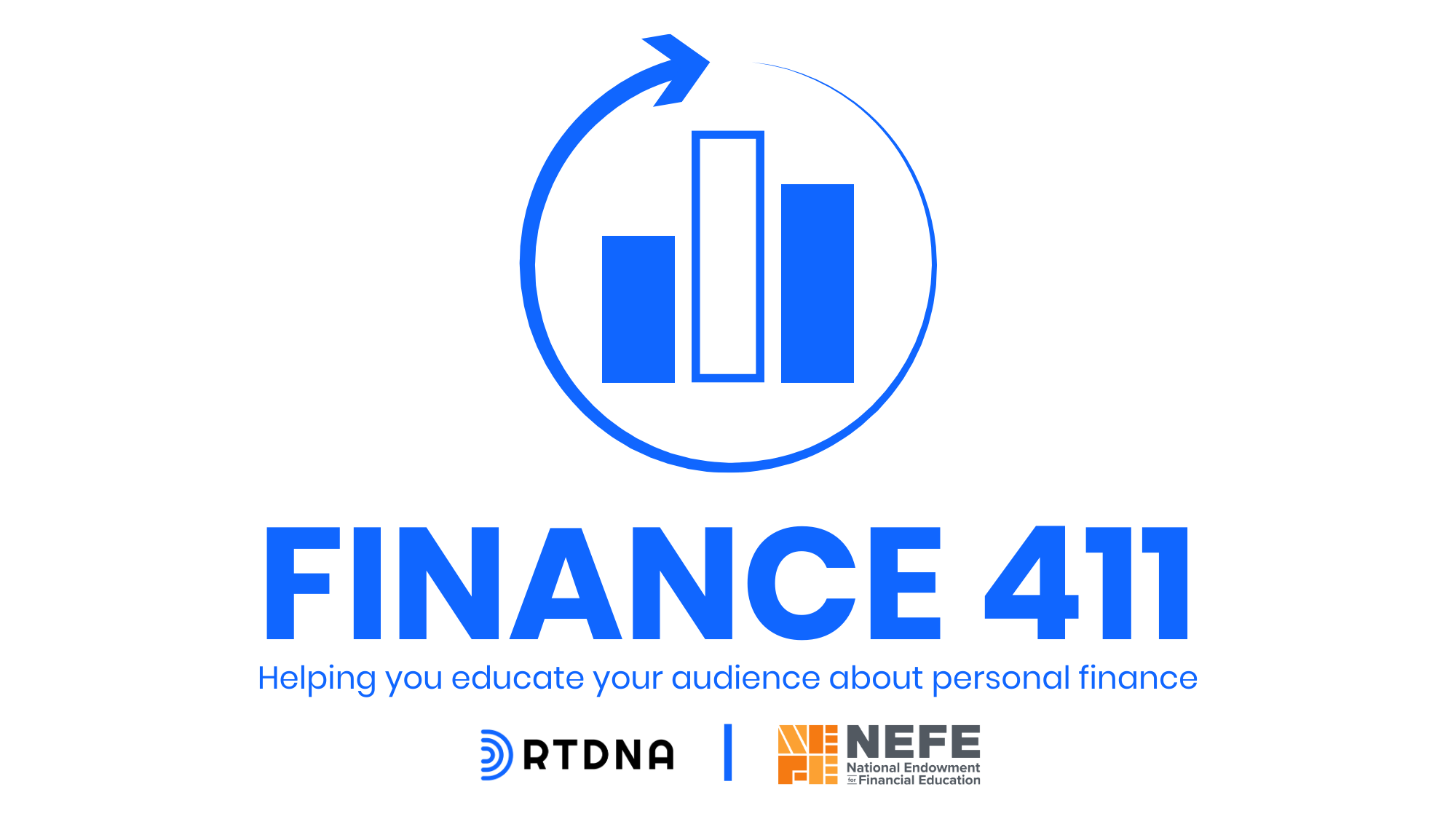Money Matters: Where to look for story ideas

Do you always feel like you’re running out of story ideas? Are you constantly stressed about having enough stories to pitch? Feel like you’ve been telling the same consumer stories over and over?
You might be overlooking seemingly simple sources of consumer story ideas.
Ask your audience
It seems basic, but it’s amazing how often we forget about this! There are two ways to make asks for tips successful:
- Make it easy for people to get you tips. Email? Web form? Phone number? Provide one (or several) easy ways for people to submit story ideas.
- Be specific. Don’t just ask for tips. Ask the right questions: What is stressing you out about money? What are your questions about….?
“Follow the money”
You’ve heard it before but do you picture a fedora-wearing reporter lurking in a parking garage when you hear this cliché? Don’t!
Digging through data to find trends is one of the best – albeit tedious – ways to identify consumer stories. Check state and federal consumer protection agencies for reports and studies with data you can localize. Subscribe to their newsletters and RSS feeds. Submit regular FOIA requests for consumer data, not just when you’re pursuing a specific story but to proactively identify leads.
Think about where people are at their worst moments.
The worst moments of people’s lives are often ones with big financial implications, but are times when people are vulnerable, too. For example, one of this year’s RTDNA/NEFE Personal Finance Award winners discovered that a startling number Michigan funeral homes are not in compliance with consumer protections for the grieving. Think about funeral expenses, hospital stays and disaster recovery. You’ll uncover scams, lack of transparency and other vulnerabilities – and ways to help people in those situations protect their money.
Think about things that seem “automatic.”
We don’t think too much about those automatic, everyday processes that are “just the way it works.” But often, opaque processes are opportunities to ask “why?” and “how?” – and to save money. For example, it’s easy to assume that if you go to an in-network hospital to see an in-network doctor, you’ll be covered by your insurance. But many consumers don’t think about each part of a medical procedure may involve multiple providers, and probably don’t know how to ensure they get in-network providers. The solution: Including explicit patient notes to that effect in your file. What other automatic processes do consumers have more power in than they might think?
Weekly Money Matters personal finance content for your newsroom is sponsored by the National Endowment for Financial Education.
